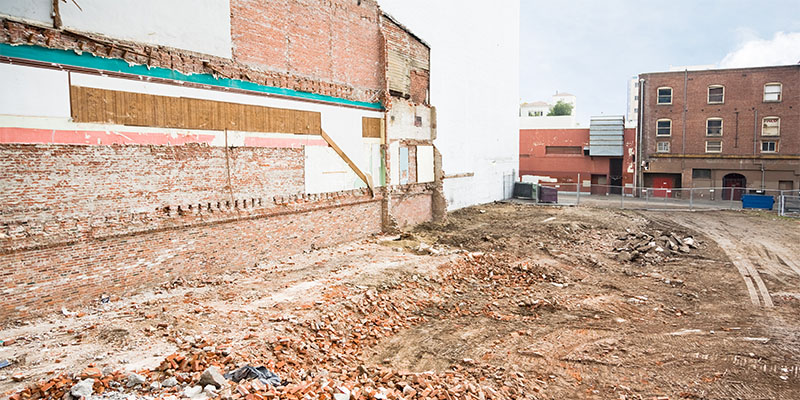The year began with a quarter of the federal government shut down, with economists warning that economic growth is likely to slow, and with the stock market coming off a bad ending to 2018. But there’s also a positive development that commercial real estate practitioners may be able to take advantage of as new regulations permit: Opportunity Zones.
NAIOP is a strong supporter of Opportunity Zones and worked with a bipartisan group of members in both Houses of Congress, including Senator Tim Scott (R-SC) and Representative Ron Kind (D-WI), to support and see the concept passed into law. The creation of Zones was included in the 2017 Tax Cuts and Jobs Act to encourage investment in struggling areas.
As Rep. Kind explained in NAIOP’s Development magazine, “This bipartisan legislation helps fund a new generation of entrepreneurs and enterprises in economically distressed areas of the country. It assists in overcoming barriers to investment by providing temporary capital gains deferral in exchange for reinvestment in distressed communities.”
There are designated Opportunity Zones in all 50 states and the District of Columbia. Investors can build in these areas themselves, or buy shares in Qualified Opportunity Funds that will invest in specific zones.
“Investment benefits include deferral of tax on prior gains as late as 2026 if the amount of the gain is invested in an Opportunity Fund. The benefits also include tax forgiveness on gains on that investment if the investor holds the investment for at least 10 years,” the Treasury Department announced in October. “Opportunity Zones retain their designation for 10 years, but under the proposed regulations, investors can hold onto their investments in Qualified Opportunity Funds through 2047 without losing tax benefits.”
Consider an individual or business that invests $100 of capital gains into an Opportunity Zone. Throughout the lifespan span of the investment, any tax on those gains is deferred. After holding the investment for 5 years, the taxpayer receives a 10 percent step-up in basis on their original investment (in other words, 10 percent of their $100 is excluded from capital gains tax). At the seven-year mark, an additional 5 percent becomes excluded. And if the investment is held for 10 years, any gains resulting from the investment are deemed tax-free, in addition to the continued deferral and 15 percent exclusion. The government’s goal is to encourage the reinvestment of capital gains into underdeveloped areas. However, there are still some questions that need to be answered.
For example, it isn’t clear what the IRS will consider the prior use of a property to be if the property has been abandoned for a long time. The definition is important because property must either be put to its “original use” or be substantially improved (defined as doubling the property’s adjusted tax basis).
Other questions include the specific tax treatment of gains realized by a Qualified Opportunity Fund, whether carried interest qualifies for the step-up in basis, and the rules for developing vacant land in an Opportunity Zone.
However, the government shutdown prevented investors from getting answers to those and other questions. Treasury is one of the departments that was not fully funded for fiscal year 2019, so its workers were furloughed until lawmakers and President Donald Trump agreed on a spending deal. That means the department has been hindered in following up on its October regulations or issuing new guidelines.
In the meantime, there’s evidence that Opportunity Zones are already encouraging investment. The Wall Street Journal reports there were 58 percent more deals in the designated zones in the third quarter of 2018 than there had been in the same quarter of 2017. Nationwide, the increase in deals was 11 percent. So before they’re even completely set up, Opportunity Zones are generating interest among investors. Expect them to drive development for years, or even decades, to come.














